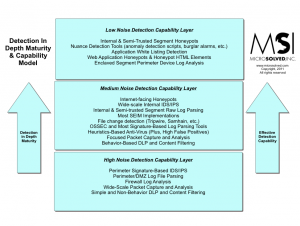This time, we have a question from a reader:
Dear Experts, I’ve been fighting with my help desk team about the proper response to a malware infection. Once we know a workstation or server has been infected, what should we do to make sure that machine is clean before we put it back in service? We have heard a variety of stories about cleanup versus rebuild. What is the MSI security expert’s take on the proper response to malware infection?
John Davis replied:
It would be nice to be able to eliminate Malware without having to totally rebuild your computer. I wish I had some good news for folks on that score. But unfortunately, the only way to be sure that a malware infection has been totally eliminated is to do just that: rebuild your computer completely from reliable backups. This illustrates the importance of making frequent backups and storing those backups securely!
Adam Hostetler also added:
The only proper response is complete wipe and reinstall. It’s impossible to say it’s clean after it has a known infection, one part might be gone but the malware may have installed or downloaded other components that weren’t detected. I recommend having a good image to use on workstations, and store as little data on them as possible, so a quick turn around is likely. It’s also a good idea to implement strong egress controls on your firewalls and monitor them. This helps in preventing malware from doing damage, and aids in finding infections.
Got a question for the Experts? Get in touch on Twitter (@lbhuston or @microsolved) or via the comments. Thanks for reading!
PS – Chris Jager (@ChrisJager) points out on Twitter: Also to consider: Closing vuln that allowed the malware onto the host & refreshing backups & build docs w/said updates.
Thanks Chris! We just ASSUMED (yeah, we know…) that was already in scope, but good to mention that it should be pointed out. Clearly, making sure the bad guys lose their foothold from being re-exploited is CRITICAL.



